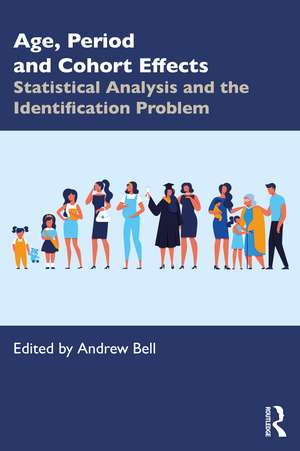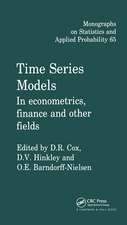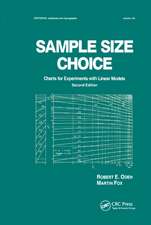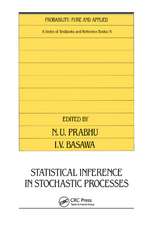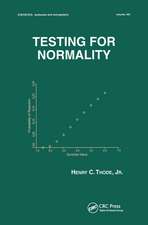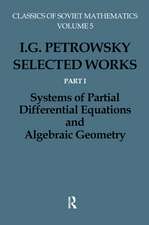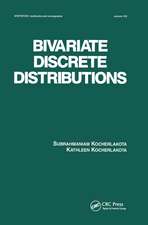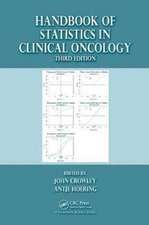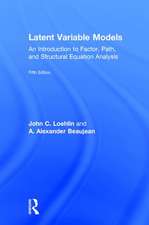Age, Period and Cohort Effects: Statistical Analysis and the Identification Problem
Editat de Andrew Bellen Limba Engleză Paperback – 6 noi 2020
Age, Period and Cohort Effects: Statistical Analysis and the Identification Problem gives a number of perspectives from top methodologists and applied researchers on the best ways to attempt to answer Age-Period-Cohort related questions about society.
Age-Period-Cohort (APC) analysis is a fundamental topic for any quantitative social scientist studying individuals over time. At the same time, it is also one of the most misunderstood and underestimated topics in quantitative methods. As such, this book is key reference material for researchers wanting to know how to deal with APC issues appropriately in their statistical modelling. It deals with the identification problem caused by the co-linearity of the three variables, considers why some currently used methods are problematic and suggests ideas for what applied researchers interested in APC analysis should do.
Whilst the perspectives are varied, the book provides a unified view of the subject in a reader-friendly way that will be accessible to social scientists with a moderate level of quantitative understanding, across the social and health sciences.
| Toate formatele și edițiile | Preț | Express |
|---|---|---|
| Paperback (1) | 366.46 lei 43-57 zile | |
| Taylor & Francis – 6 noi 2020 | 366.46 lei 43-57 zile | |
| Hardback (1) | 1001.87 lei 43-57 zile | |
| Taylor & Francis – 6 noi 2020 | 1001.87 lei 43-57 zile |
Preț: 366.46 lei
Nou
70.14€ • 76.22$ • 58.96£
Carte tipărită la comandă
Livrare economică 21 aprilie-05 mai
Specificații
ISBN-10: 036717443X
Pagini: 248
Ilustrații: 38 Line drawings, black and white; 32 Halftones, black and white; 13 Tables, black and white; 70 Illustrations, black and white
Dimensiuni: 156 x 234 x 17 mm
Greutate: 0.38 kg
Ediția:1
Editura: Taylor & Francis
Colecția Routledge
Locul publicării:Oxford, United Kingdom
Public țintă
Postgraduate and ProfessionalCuprins
Notă biografică
Recenzii
"Understanding age, period, and cohort effects is a mainstream concern in all the social sciences. But researchers have struggled with how exactly to approach "APC" issues. This book provides invaluable, up-to-date methodological guidance" – Professor Malcolm Fairbrother, Umeå University, Sweden
Descriere
Age, Period and Cohort Effects: Statistical Analysis and the Identification Problem gives a number of perspectives from top methodologists and applied researchers on the best ways to attempt to answer Age-Period-Cohort related questions about society.
Age-Period-Cohort (APC) analysis is a fundamental topic for any quantitative social scientist studying individuals over time. At the same time, it is also one of the most misunderstood and underestimated topics in quantitative methods. As such, this book is key reference material for researchers wanting to know how to deal with APC issues appropriately in their statistical modelling. It deals with the identification problem caused by the co-linearity of the three variables, considers why some currently used methods are problematic and suggests ideas for what applied researchers interested in APC analysis should do.
Whilst the perspectives are varied, the book provides a unified view of the subject in a reader-friendly way that will be accessible to social scientists with a moderate level of quantitative understanding, across the social and health sciences.
